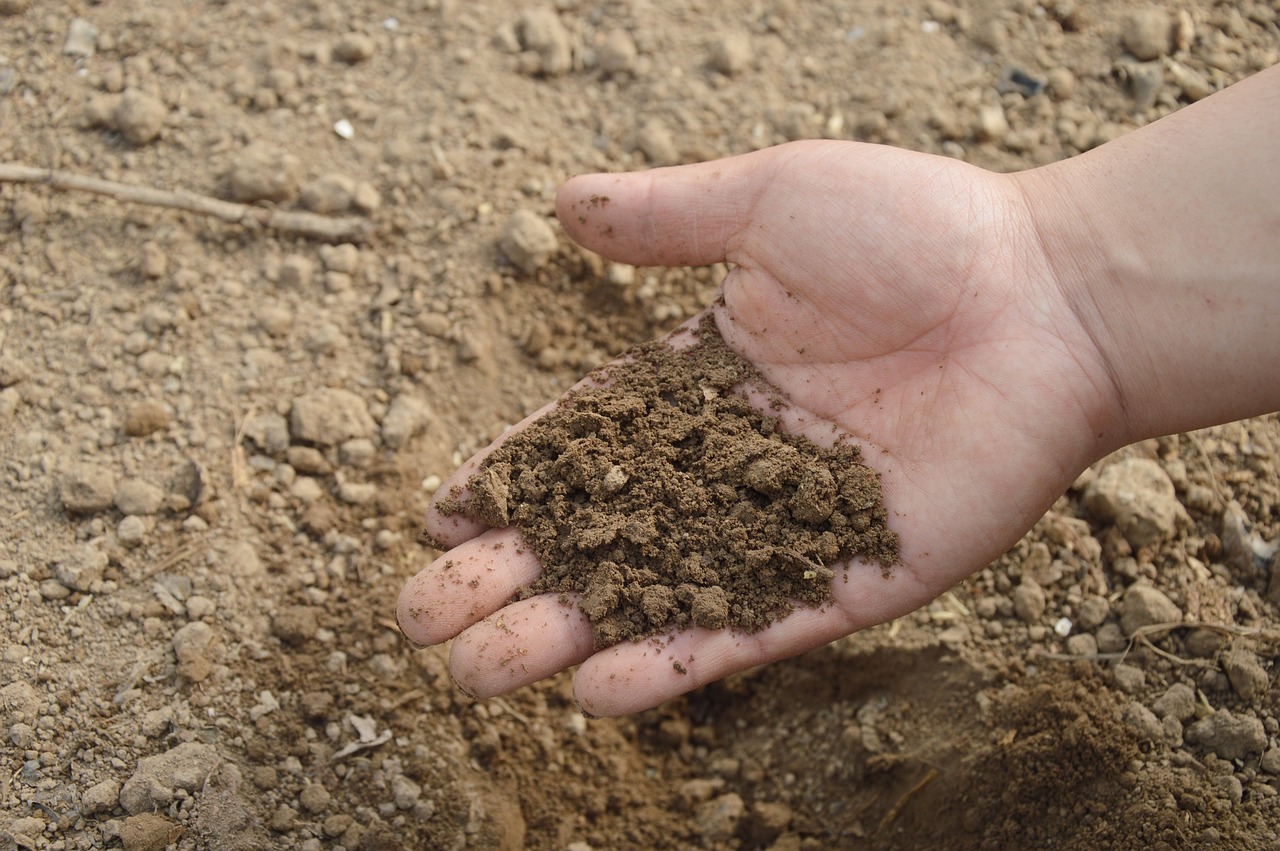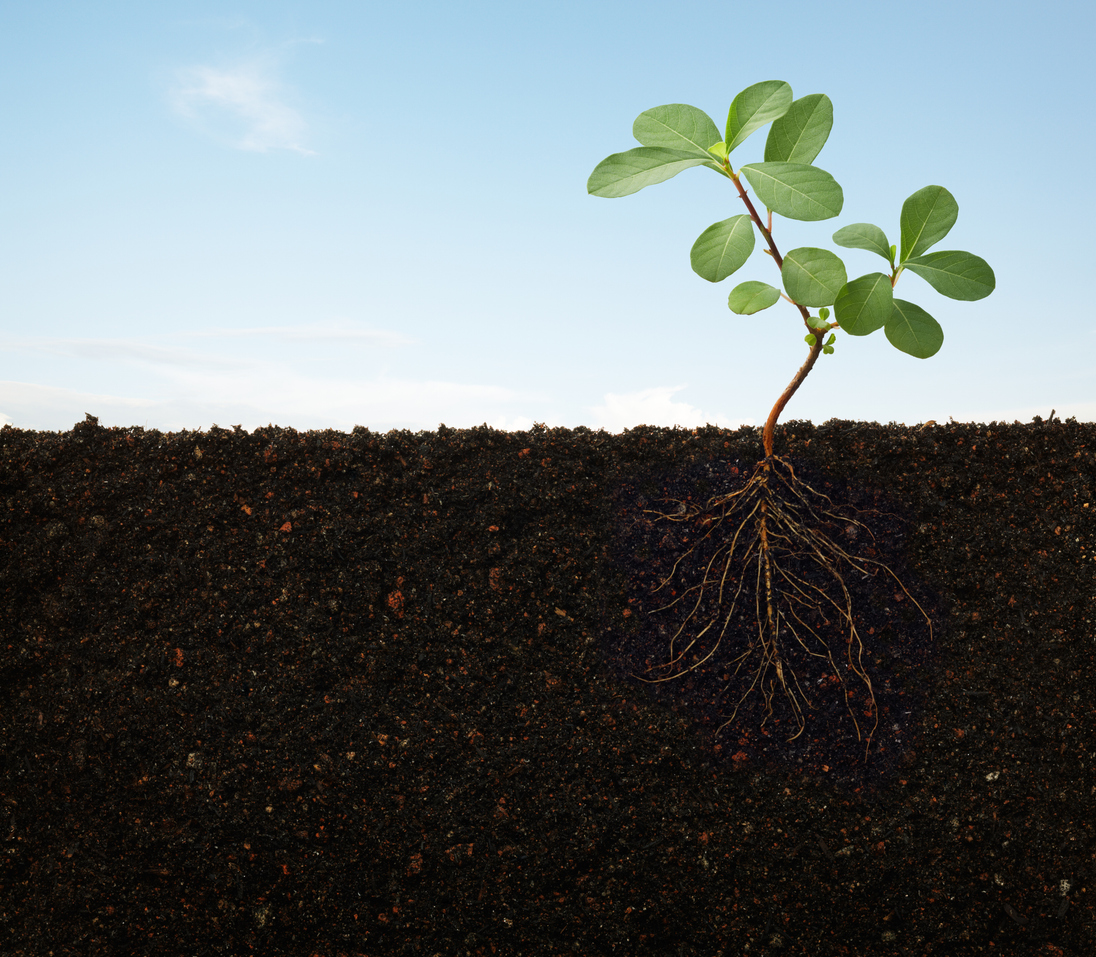Significant Surroundings
Students identify basic animal behaviors, hypothesize what causes them, and discover the responsibilities of an animal physiologist.
Students identify basic animal behaviors, hypothesize what causes them, and discover the responsibilities of an animal physiologist.
Students dissect seeds, identify the anatomy and function of seed parts, and classify seeds as monocots or dicots.
Students determine that the diversity of life in soil contributes to soil fertility.

Students discover that different soils have different characteristics, examine different types of soil, investigate soil components, and observe how air space allows soils to hold and transmit water.
Students preserve peppers to create their own probiotic food, observe properties of preserved foods and states of matter changes that occur, and discover the health benefits of probiotics.
Students categorize plants into groups, describe what plants need for healthy growth, and start their own garden by planting seeds inside a cup.

Students discover how plants and soils interact by observing root growth, considering the function of a plant’s roots, modeling the movement of water into the roots, and investigating the movement of water and nutrients throughout the plant.
Students use pizza as a basis for exploring agriculture, geography, and mathematics.
Students determine that although plants and people obtain nutrients differently, they both need proper amounts of nutrients to grow and be healthy.
Students label the parts of a peanut plant on a diagram, follow step-by-step instructions to plant a peanut, and use a chart to record the growth of peanut plants.
Students observe the growth and development of seeds and explore what conditions are necessary for seeds to germinate.
Students categorize the foods they eat, explore healthy eating habits, and investigate the MyPlate food campaign.